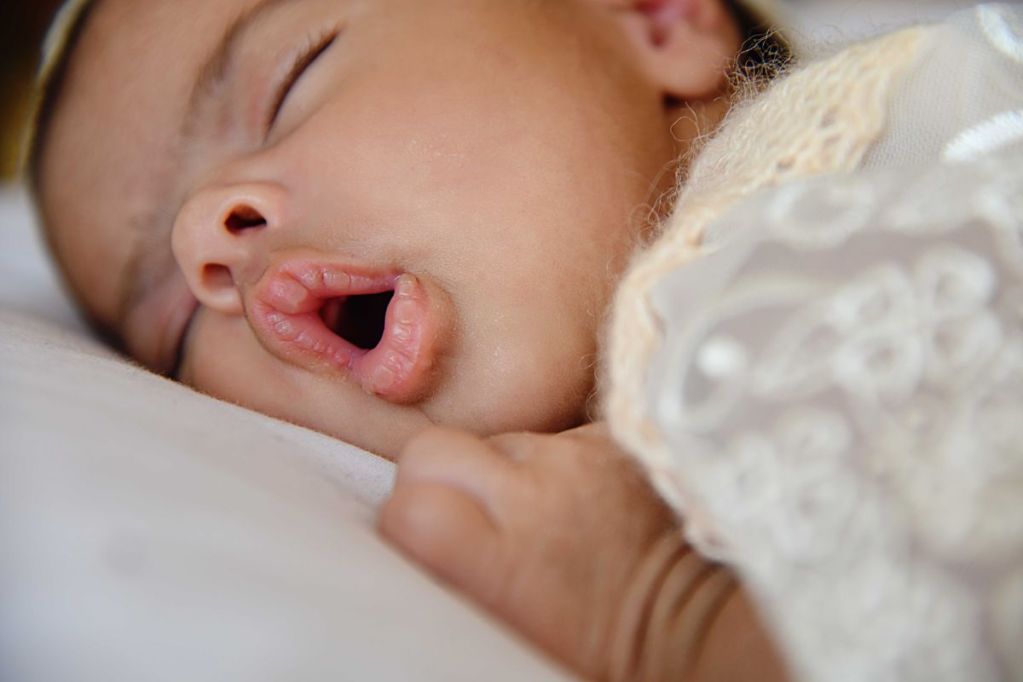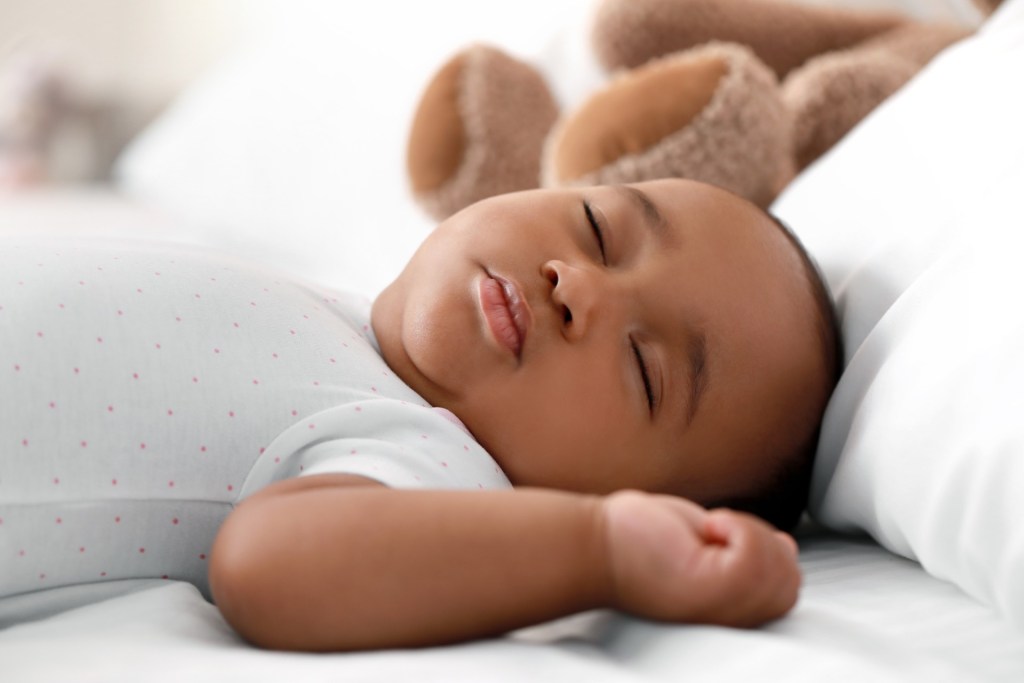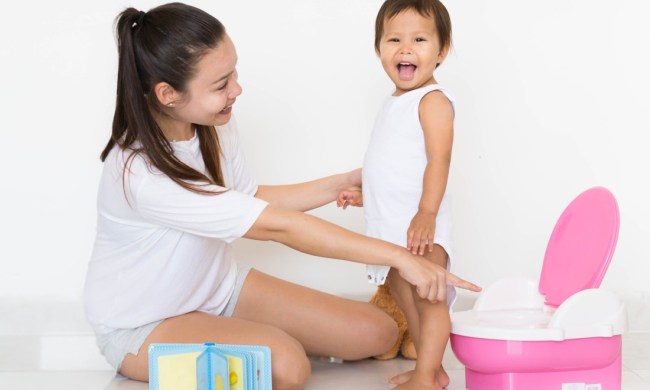
Sleep can be hard to come by with a baby in the house, but most of us can agree that whether it be yours or your babies, no one does well with little sleep. Our bodies need rest so our cells can repair and renew themselves. Our brains require it so they can slow down and decompress at the end of the day. Getting enough sleep is crucial for people of all ages, but especially for parents of young children who struggle with getting enough sleep every day.
It’s for all these reasons and many more that many parents choose to sleep train. While baby sleep training tips are varied, sleep training is simply the act of training your infant to get to sleep and return to sleep in the night should they wake up. This is sometimes also referred to as self-soothing. While there are many methods to achieve the task of a self-soothing or sleep-trained baby, we thought we’d merge some of the best options on how to sleep train baby.
Sleep training versus night weaning

Sleep training and night weaning are two different elements of a complete and uninterrupted night’s sleep. A night-weaned baby who isn’t sleep trained will continue to wake up during what was their regular night feeding schedule and will not have the capability to fall back asleep. On the other hand, a sleep-trained baby will never experience a full night’s rest if they are not fed through the night to ensure they receive adequate nutrition.
Understanding the difference is especially important for parents because a sleep-trained child who is still feeding at night won’t sleep through the night until they have completely weaned. Having a clear picture of your expectations surrounding sleep training is key because it’s only one part of a two-step process.
Sleep training methods

Starting at the age of about 4 to 6 months, parents are often looking for steadier, and more sleep-filled nights. Babies earlier in age than this rarely have the brain development needed to sleep train properly. While it may seem like an innovative idea to start early, following advice and directions from experts such as sleep specialists or your child’s pediatrician is especially important.
There are several diverse ways parents can test to find the technique that works best for their child and family. This will vary based on your convictions and choices, and while some sleep training methods may work for some, others will try something different. We are bringing you these methods to keep parents informed, while also allowing them to freely choose which would work better for them. What works for some won’t work for others.
Chair method
The chair method starts parents out in a chair right next to their baby’s crib until their baby has fallen asleep. During this time, parents do not use soothing or calming methods during periods of fussiness. As each night goes by, parents begin to move the chair further away from the crib, until they have completely removed the chair from the room.
Cry it out method
This method can sometimes be controversial for some moms and dads. It is often difficult for parents to hear their children crying out for them from their beds. For this method to work, parents must not pick up their children from their cribs to comfort or soothe them at night. This allows the child to self-soothe and fall back asleep on their own without needing a parent to intervene. This doesn’t mean allowing your baby to cry endlessly, but allowing them to gradually cry for longer before soothing them, hoping they will learn to self-soothe.
Nodding or fading method
When using this technique, moms or dads take their children to their rooms when they appear sleepy or asleep but are still awake. Parents can soothe their children in their cribs, sing to them, or read stories, all while the child is falling asleep in their bed. Because they are conscious of being in their own rooms when falling asleep, babies that wake in the night are aware of their surroundings. This makes them less likely to become frightened and cry out from confusion.
Pickup/put down method
Moms and dads who use the pick up/put down method are engaging in the act of holding their child when they cry, soothing them until comforted, and then placing them back into their crib and walking out of the room. When using this method, parents are not playing games or trying to wake their children. It’s simply the act of picking them up, soothing them quickly back to sleep — or at least until comforted — and placing them back into their cribs.
Why babies cry

It can be hard for a parent to listen to their baby cry after being put down, but babies often cry because they’re overtired. This makes sleep training important because it teaches your baby to help themselves get enough sleep. Adequate sleep is not only important for your baby’s mood but for their physical and cognitive development as well.
“Brain activity during sleep has a direct effect on a child’s ability to learn and may even affect developmental and mood disorders,” says the experts at Enfamil. “Simply put, sleep builds your baby’s brain.” Parents also learn to know their baby’s crying cues and know if their baby is crying because they are in distress or if they are crying because they’re overtired. If you feel confident your baby is crying because they need to sleep, enlist some of these sleep training methods so everyone can get the rest they need.
Some parents may wonder if it’s possible to combine these methods — or even others not previously mentioned — together into a customized approach designed specifically for your child. To answer that, we look to one of Cleveland Clinic’s clinical pediatricians, Dr. Noah Schwartz. “Oftentimes, sleep training techniques overlap, and parents combine methods, which is perfectly fine,” said Dr. Schwartz. “It’s all about finding what works best for you as a parent and how your infant responds.”
Sleep, being the precious commodity that it is for new parents, can come at a cost. With the implementation of sleep training in your baby’s night routine, we hope our methods and tips help to send many more parents into dreamland much faster!



